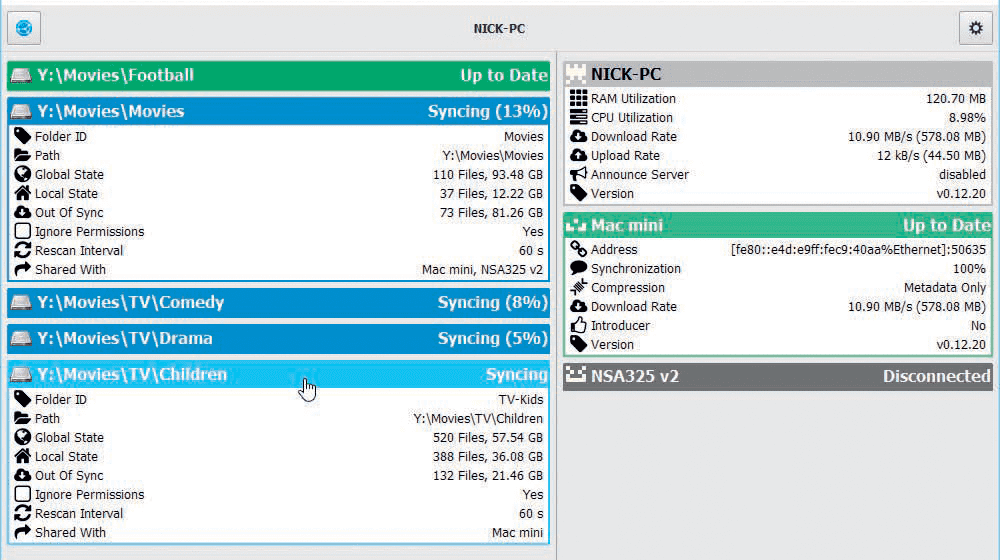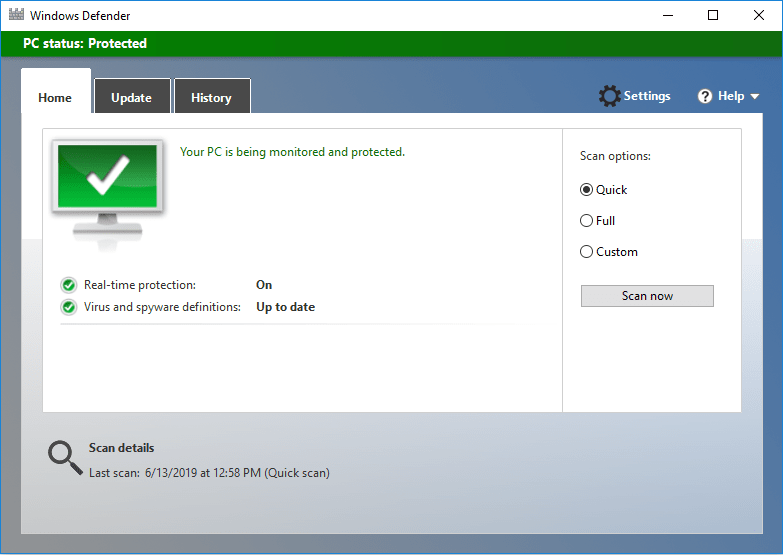
In the future, if you buy another external hard drive, I would advise you to go for USB3 connections since these are much faster.

Unfortunately, I think you have a USB2 connector and that is the limiting factor for any work on that hard drive. I think the speed of formatting is always going to be slow for you and you just have to be patient. The relationship between RAW values, current values and worst values is set by a formula by Seagate. Your disk will fail if the current value falls to 36. When your hard drive left the factory it was set at 99 Worst value. At the moment that number of relocations has not triggered any number changes in the 99 current value. That in itself may or may not be a issue and I would want Seagate to reassure or swap the drive on that criteria. And looking at the RAW values it has gone from 504 to 616 on a new drive. In your case the CrystalDiskInfo has bought to your attention the fact that the hard drive is having to relocate sectors. That is why your disk is passing the SMART test but only the CrystalDiskInfo is flagging up those warnings. I have tried CrystalDiskInfo which is what you first used and it does show CAUTIONS when any value it get is a little away from the normal and so it flags up more cautions than other programmes. So a possible explanation is that you first had a bad sector, and later you wrote to that bad sector (could be metadata from NTFS that chkdsk fixed) and that lead to fixing the bad sector on disk, which is why Seatools does not give any errors when ran after this event.The SMART attributes are set by the disk manufacture and the programmes that use them such Seatools, CrystalDiskInfo, etc, take the numbers from the hard disk and display them and they can add extra info. In this case the "Current Pending Sector" in SMART data would be gone and "Reallocated Sector Count" gets one extra again. If that happens, a 512 byte or 1 sector write to exactly that bad sector, then the drive would write the data to a reserve sector instead and 'map' the bad sector to the new one from the reserve pool. Instead, the drive will wait for you to overwrite that sector with data of your own (could be zeroes).

This may also have triggered an error at that point the utility failed to heal the device and does not want to destroy the unknown data on the bad sector either.

In this case, it would show up as Current Pending Sector. But if this recovery of a weak sector fails, then you've got a real BAD sector which can NOT be recovered (perhaps spinrite can). Click to expand.Yes and it becomes "Reallocated Sector Count" in the SMART data.


 0 kommentar(er)
0 kommentar(er)
